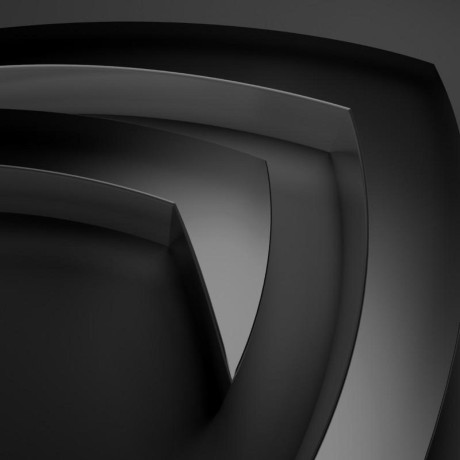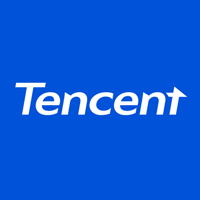Discover and explore top open-source AI tools and projects—updated daily.
RADIO by  NVlabs
NVlabs
Vision foundation model for distilling large models
Top 28.8% on SourcePulse
NVlabs/RADIO provides an Agglomerative Vision Foundation Model (AM-RADIO) designed to distill multiple vision foundation models into a single, versatile backbone. It aims to serve as a superior replacement for traditional vision backbones across various domains, offering strong performance in image classification, segmentation, and vision-language tasks. The framework is suitable for researchers and developers seeking a unified and high-performing vision model.
How It Works
RADIO integrates diverse vision foundation models like CLIP variants, DINOv2, and SAM through a distillation process. This agglomerative approach allows it to preserve and combine unique features from its teachers, such as text grounding and segmentation correspondence. The model architecture is based on Vision Transformers (ViTs) and supports arbitrary input resolutions, including non-square images, with an efficient variant (E-RADIO) offering significant speedups.
Quick Start & Requirements
- TorchHub:
torch.hub.load('NVlabs/RADIO', 'radio_model', version='radio_v2.5-h', progress=True) - HuggingFace:
AutoModel.from_pretrained("nvidia/RADIO", trust_remote_code=True) - Prerequisites: PyTorch, CUDA (for GPU acceleration), Pillow, Transformers. Mixed precision (bfloat16) is supported.
- Input: Images should be in the range [0, 1].
- Docs: TorchHub Usage, HuggingFace Usage
Highlighted Details
- Achieves state-of-the-art performance, outperforming teachers in ImageNet zero-shot (+6.8%), kNN (+2.39%), and linear probing segmentation (+3.8%).
- Demonstrates strong vision-language model capabilities, improving LLaVa 1.5 performance by up to 1.5%.
- Supports flexible input resolutions, including non-square images, with specific models having preferred or maximum resolution constraints.
- Offers adaptors for specific teacher behaviors (e.g.,
clip,siglip,dino_v2,sam) and allows fetching intermediate layer activations.
Maintenance & Community
The project is actively developed by NVIDIA Research, with multiple versions released, including RADIOv2.5, C-RADIO (for commercial use), and related research papers like PHI-S and FeatSharp.
Licensing & Compatibility
The primary license is the NVIDIA Source Code License-NC, which restricts commercial use. However, the C-RADIO model is released under the NVIDIA Open Model License Agreement, permitting commercial products.
Limitations & Caveats
E-RADIO has limitations, primarily supporting images divisible by 32 for optimal performance, and its efficiency relies on correctly setting the window size for attention blocks. Older versions (e.g., RADIOv2.1) had mode-switching issues at higher resolutions, which have been addressed in RADIOv2.5.
4 days ago
1 day

 bfshi
bfshi Phhofm
Phhofm wildminder
wildminder raywzy
raywzy gnobitab
gnobitab BAAI-DCAI
BAAI-DCAI yzslab
yzslab Tencent
Tencent merveenoyan
merveenoyan cvlab-columbia
cvlab-columbia huawei-noah
huawei-noah huggingface
huggingface